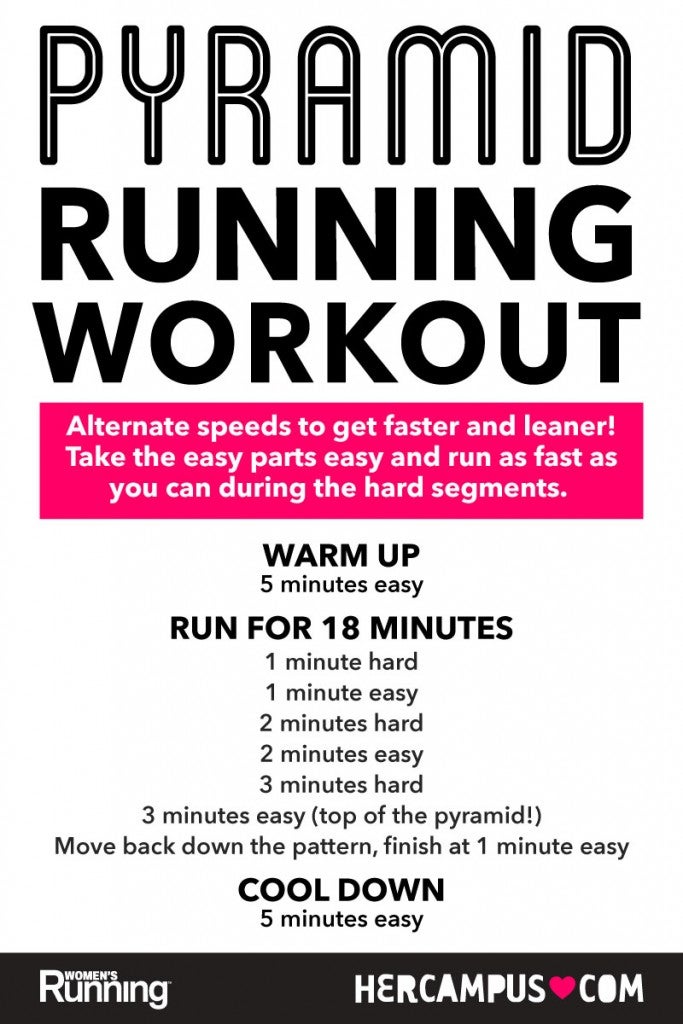Enhance Your Running Workout: Professional Strategies Unveiled
The Ultimate Guide to Managing Pain When Running
For runners, experiencing discomfort throughout runs is not unusual, and knowing how to successfully take care of and prevent it can make a considerable distinction in your total efficiency and enjoyment of the sport. Whether you are an experienced marathoner or just beginning your running trip, comprehending the numerous sorts of discomfort that can emerge and the strategies to address them is vital. From pre-run workout regimens to correct shoes option, there are countless factors to consider when it concerns taking care of pain while running. This comprehensive overview will certainly furnish you with the understanding and tools required to navigate through the pain and empower you to attain your running objectives with better simplicity.

Recognizing Different Kinds Of Running Discomfort
When running, it is necessary to compare various kinds of discomfort to stop injuries and take full advantage of performance (Read More). One typical type of pain that runners might experience is muscle soreness, which typically arises from the stress and anxiety placed on muscle mass during exercise. This kind of discomfort is commonly a normal component of the running procedure and can be handled through correct workout, cool-down, and stretching routines
Another kind of discomfort to be knowledgeable about is joint discomfort. Joint pain can show issues such as overuse, incorrect kind, or underlying conditions like joint inflammation. Disregarding joint discomfort can result in a lot more severe injuries, so it is vital to address any type of pain promptly and possibly seek professional suggestions.
Furthermore, sharp or stabbing discomforts should not be overlooked. These types of pain can signal acute injuries such as strains, strains, or anxiety cracks - running workout. Remaining to go through these types of pain can intensify the injury and lengthen recovery time

Pre-Run Warm-Up and Stretching Routine
To prepare the body for a running session, applying an effective pre-run warm-up and stretching routine is necessary. A correct workout helps increase blood flow to the muscle mass, enhances versatility, and minimizes the threat of injury throughout the run. Start with vibrant stretches like leg swings, arm circles, and high knees to progressively elevate your heart price and loosen up the muscles. Dynamic stretching helps imitate the movements you'll be doing while running, preparing your body for the activity ahead. Follow this with static stretches concentrating on major muscular tissue teams such as the hamstrings, quadriceps, calf bones, and glutes. Hold each stretch for regarding 15-30 seconds without jumping to advertise muscle mass relaxation and flexibility. Keep in mind to listen to your body and adjust the intensity of your workout based upon your health and fitness degree and any kind of pre-existing problems. By integrating a consistent pre-run warm-up and extending regular into your running regimen, you can optimize efficiency and lessen the danger of discomfort or injury.
Appropriate Footwear Option and Fit
Choosing appropriate shoes that fits well is important for runners to stop discomfort and reduce the threat of injuries. Ill-fitting footwear can cause blisters, black nails, shin splints, and other unpleasant problems that can hinder efficiency and sideline training. When selecting operating shoes, it is essential to think about factors such as foot kind, running stride, arch support, padding, and shoe dimension. running workout. Seeing a specialized running store for a stride analysis and expert installation can assist ensure that you choose the right footwear for your individual requirements. Running shoes ought to give sufficient assistance and stability while likewise being comfy and lightweight. Furthermore, it is advised to replace your running footwear every 300-500 miles to keep proper padding and assistance. Spending in premium shoes that is appropriate for your running style and foot composition is an aggressive step towards preventing pain and injuries throughout your runs.
Nourishment and Hydration Tips for Discomfort Avoidance
:max_bytes(150000):strip_icc()/effective-30-minute-running-workouts-2911891-0927-70272e09ac83449cadb9f1ce51656c0c.jpg)
Hydration is just as important for runners to stay clear of cramps, dehydration, and various other discomforts that can bring about pain throughout running. It is suggested to consume alcohol an appropriate amount of water throughout the day and particularly before, throughout, and after running sessions. Electrolyte-rich drinks or sports beverages can also be valuable for renewing shed minerals and maintaining correct fluid balance. running strategy (Read More). By prioritizing nourishment and hydration, runners can enhance their efficiency, minimize discomfort, and take pleasure in a more comfy running experience.
Post-Run Recuperation Techniques to Alleviate Discomfort
Carrying out effective healing strategies is necessary for minimizing discomfort and promoting muscular tissue recovery after running sessions. One crucial post-run recuperation technique is extending. Incorporating static go for major muscle mass teams can help minimize muscular tissue stress and discomfort. Foam rolling is one more helpful method to launch muscular tissue tightness and boost blood flow to the muscle mass, assisting in quicker recuperation. Additionally, icing aching areas for 15-20 minutes can assist minimize swelling and numb discomfort post-run.
Moistening adequately post-run is crucial for renewing liquids shed during exercise and helping in muscle mass healing. Taking in a balanced snack or meal that includes healthy protein and carbohydrates within 30 minutes of finishing a run can help fix muscle mass cells and renew energy stores. Additionally, obtaining adequate remainder is essential for permitting the body to fix and enhance muscle mass. Incorporating active recuperation tasks such as light strolling or swimming can likewise help promote blood circulation and lower muscular tissue tightness - Read More. By incorporating these post-run healing methods into your routine, you can successfully handle discomfort and enhance your running efficiency.
Verdict
In final thought, dealing with different sorts of running discomfort with proper workout, extending, footwear selection, nourishment, hydration, and helpful site post-run healing techniques is important for discomfort avoidance and administration. By understanding the root causes of pain and executing these strategies, joggers can lessen discomfort and possible injuries. It is vital to prioritize total physical health and wellness and wellness to guarantee an effective and satisfying running experience.